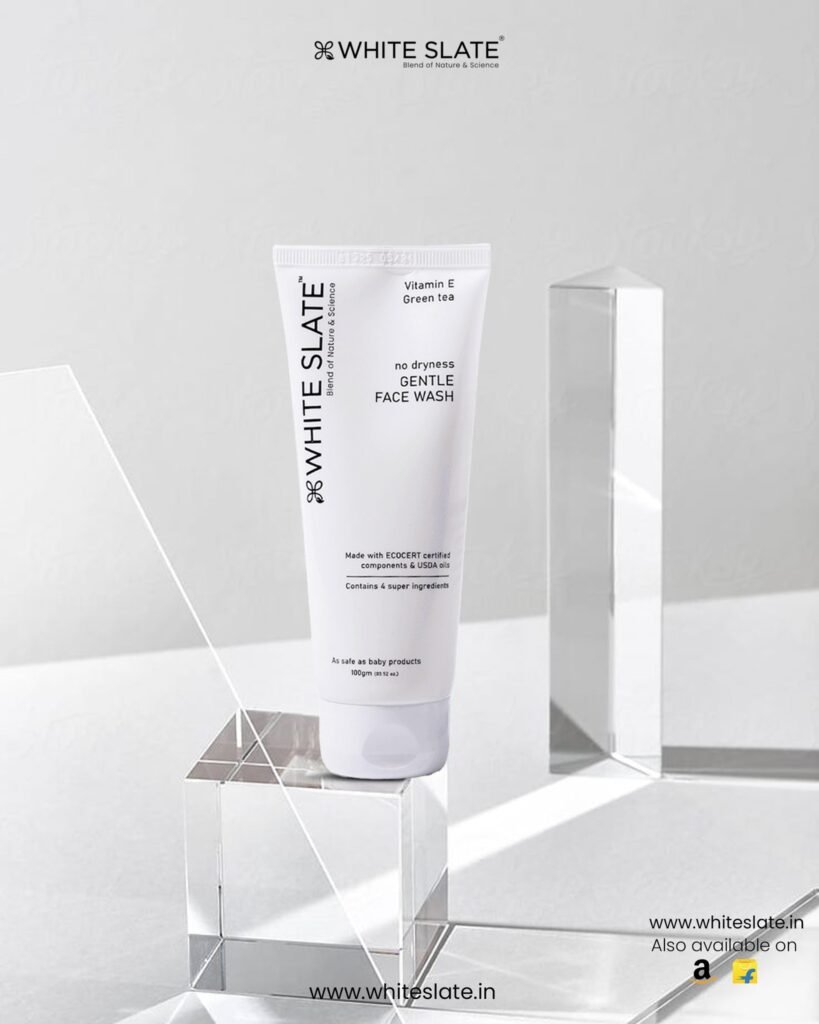
Finding the right skincare products can be tricky, and sunscreen often tops that list. For people with dry skin, choosing a sunscreen involves more than just picking one with a high SPF. The right sunscreen should protect your skin from harmful UV rays while keeping it hydrated and nourished. Understanding how to choose a sunscreen for dry skin can make a huge difference in maintaining a healthy, radiant complexion all year round.
Why Sunscreen Matters, No Matter Your Skin Type
Every dermatologist agrees that sunscreen is one of the most vital skincare products you can use. It acts as a barrier against the harmful effects of ultraviolet (UV) radiation from the sun, which causes premature aging, sunburn, and even increases the risk of skin cancer. Many people assume they only need sunscreen during summer, but UV rays are present all year, even on cloudy days.
For those with dry skin, using sunscreen isn’t just about protection—it’s also about preventing further dryness, flakiness, and irritation. The wrong product can strip away natural oils, causing tightness or even sensitivity. Understanding how to choose a sunscreen for dry skin ensures that your skin stays both protected and comfortable.
Key Features to Look for in a Sunscreen for Dry Skin
When learning how to choose a sunscreen for dry skin, focus on the ingredients and formulation. Here are some key points to consider:
- Hydrating Ingredients:
Since dry skin lacks moisture, select a sunscreen that doubles as a moisturizer. Look for ingredients like hyaluronic acid, glycerin, aloe vera, and ceramides. These lock in hydration and help strengthen the skin barrier, reducing dryness throughout the day. - Cream or Lotion Formulas:
Sunscreens come in various forms—gel, stick, spray, or lotion. For dry skin, creamy or lotion-based formulas work best because they provide both sun protection and hydration. Avoid alcohol-based gels or mattifying sunscreens as they can make dryness worse. - Broad-Spectrum Protection:
Always pick a sunscreen labeled “broad-spectrum.” This ensures it guards against both UVA rays, which cause aging, and UVB rays, which cause sunburn. A broad-spectrum sunscreen provides full coverage against the major causes of sun damage. - SPF Level:
Dermatologists recommend SPF 30 or higher for daily use. SPF 30 blocks about 97% of UVB rays, offering adequate protection for most skin tones and types. If you spend extended time outdoors, go for SPF 50 for added safety. - Nourishing Oils:
Some sunscreens contain natural oils like argan oil, avocado oil, or jojoba oil. These ingredients help to replenish lost moisture, making them excellent for people with dry or sensitive skin. - Mineral vs. Chemical Sunscreens:
Understanding the difference helps when deciding how to choose a sunscreen for dry skin.- Mineral sunscreens (with zinc oxide or titanium dioxide) sit on the skin’s surface and reflect UV rays. They are gentle and less likely to cause irritation.
- Chemical sunscreens absorb UV rays and convert them into heat. They feel lighter but may be more drying for sensitive or very dry skin. For better hydration, choose mineral sunscreens infused with emollients and humectants.
Common Mistakes When Choosing a Sunscreen
Even with many products available, some mistakes can prevent your sunscreen from working effectively. When figuring out how to choose a sunscreen for dry skin, watch out for these pitfalls:
- Picking a sunscreen meant for oily skin, which may contain alcohol or drying silicones.
- Forgetting to reapply—sunscreen protection fades after two hours, especially if you sweat or wipe your face.
- Not using enough. Most people apply too little sunscreen. Use about a teaspoonful for your face and neck each application.
- Skipping sunscreen on cloudy days—UV rays penetrate through clouds and windows.
How to Apply Sunscreen on Dry Skin
Even the best sunscreen won’t help if applied incorrectly. To make sure your skin benefits fully:
- Cleanse your face with a gentle, hydrating cleanser.
- Apply a nourishing moisturizer to create a smooth base.
- After your moisturizer is absorbed, apply your sunscreen evenly across your face and neck.
- Reapply every two hours, especially if you are outside or sweating.
Using sunscreen as the final step in your morning skincare routine helps protect your skin without interfering with other products.
Recommended Sunscreens for Dry Skin
While preferences vary, here are some popular sunscreens often recommended by dermatologists for dry skin:
- La Roche-Posay Anthelios Melt-in Milk Sunscreen SPF 60: Rich in antioxidants and deeply hydrating.
- Neutrogena Hydro Boost Water Gel Lotion SPF 30/50: Contains hyaluronic acid for long-lasting moisture.
- CeraVe Hydrating Mineral Sunscreen: Includes ceramides to restore the skin barrier.
- Aveeno Positively Mineral Sensitive Skin Sunscreen: Gentle and moisturizing for dry or reactive skin.
Learning how to choose a sunscreen for dry skin helps you avoid discomfort while maintaining strong, healthy skin. Choose a formula rich in hydrating ingredients and one that suits your daily routine. Apply it generously every morning, and your skin will stay protected, soft, and glowing—even under the strongest sun.
